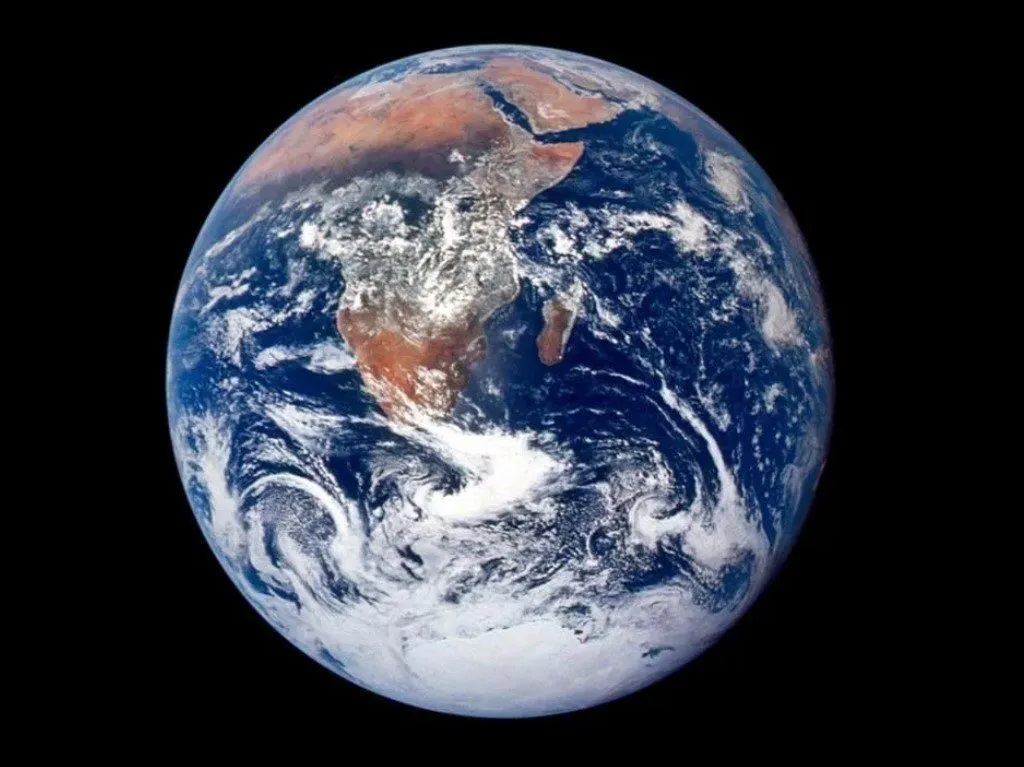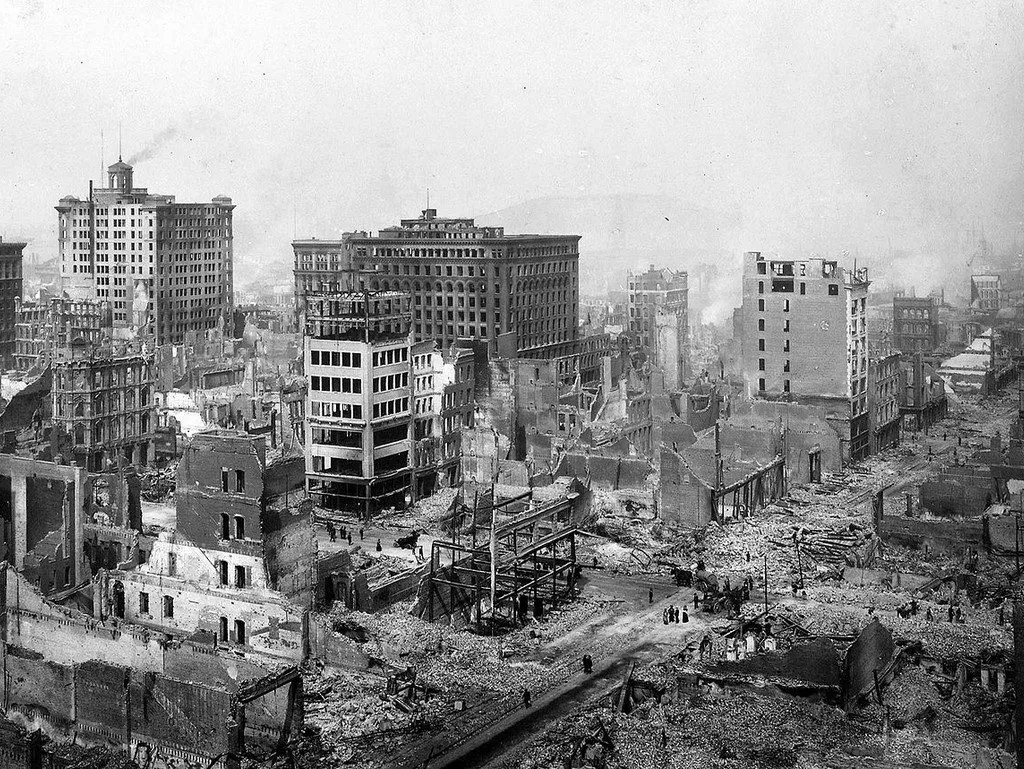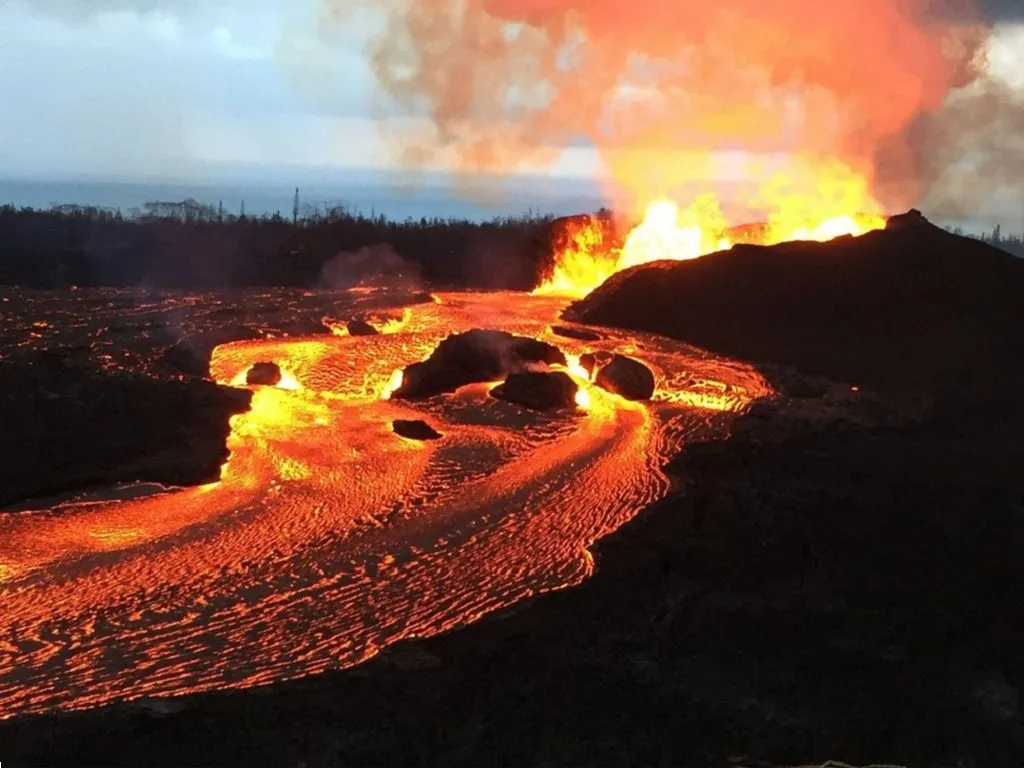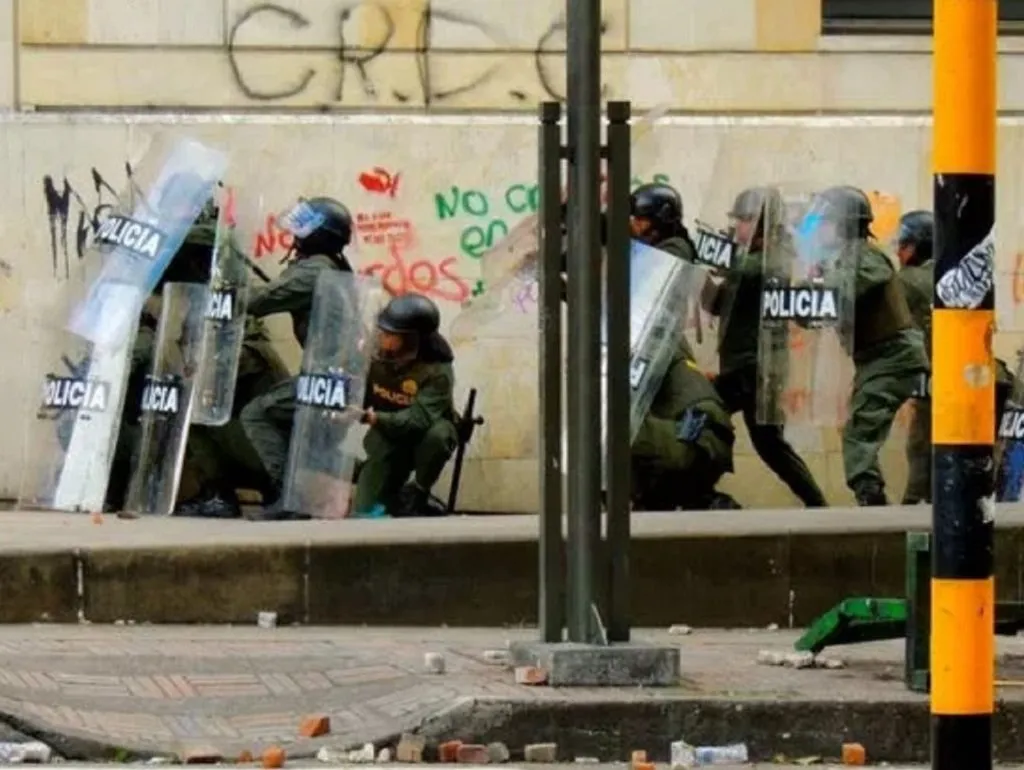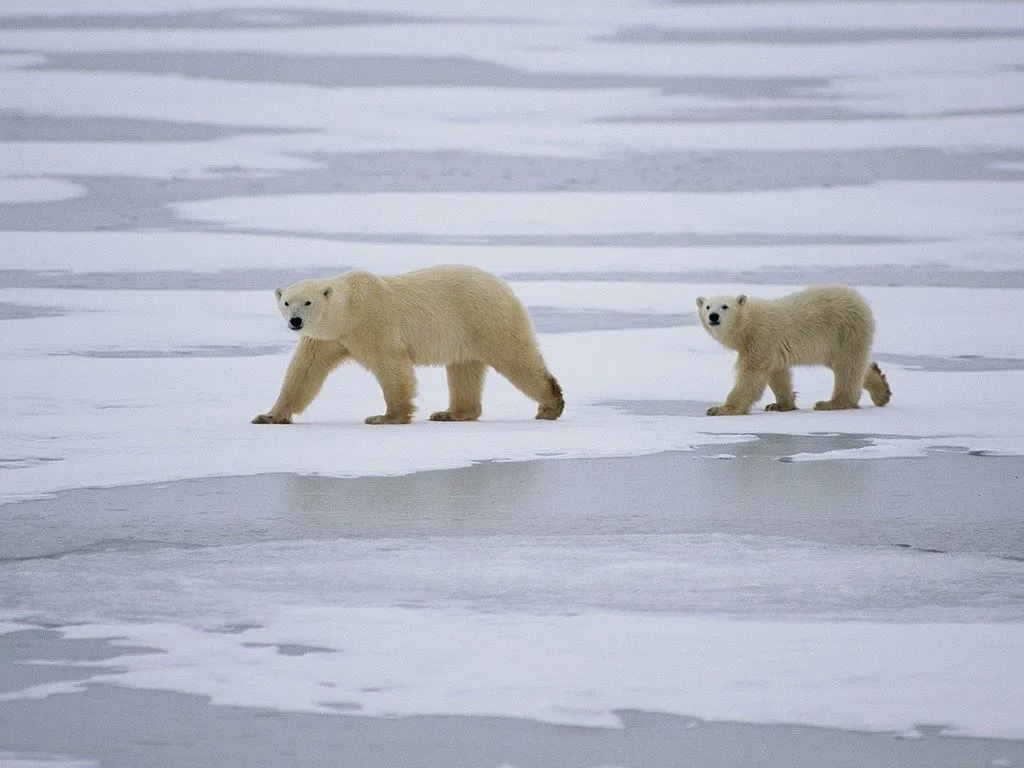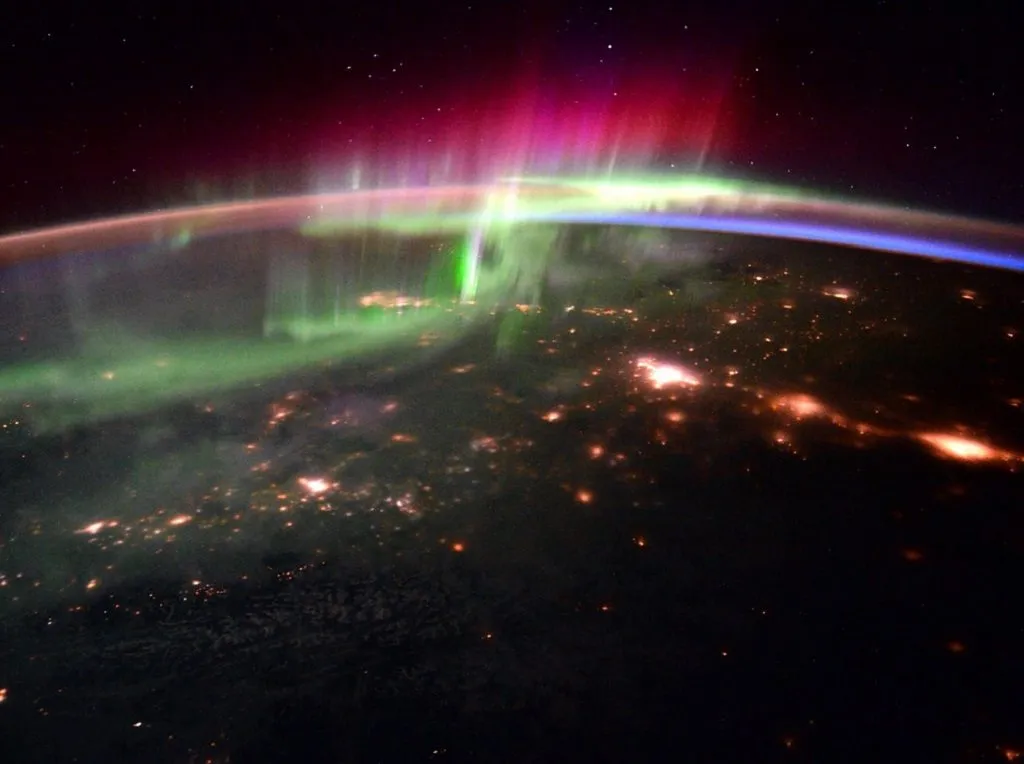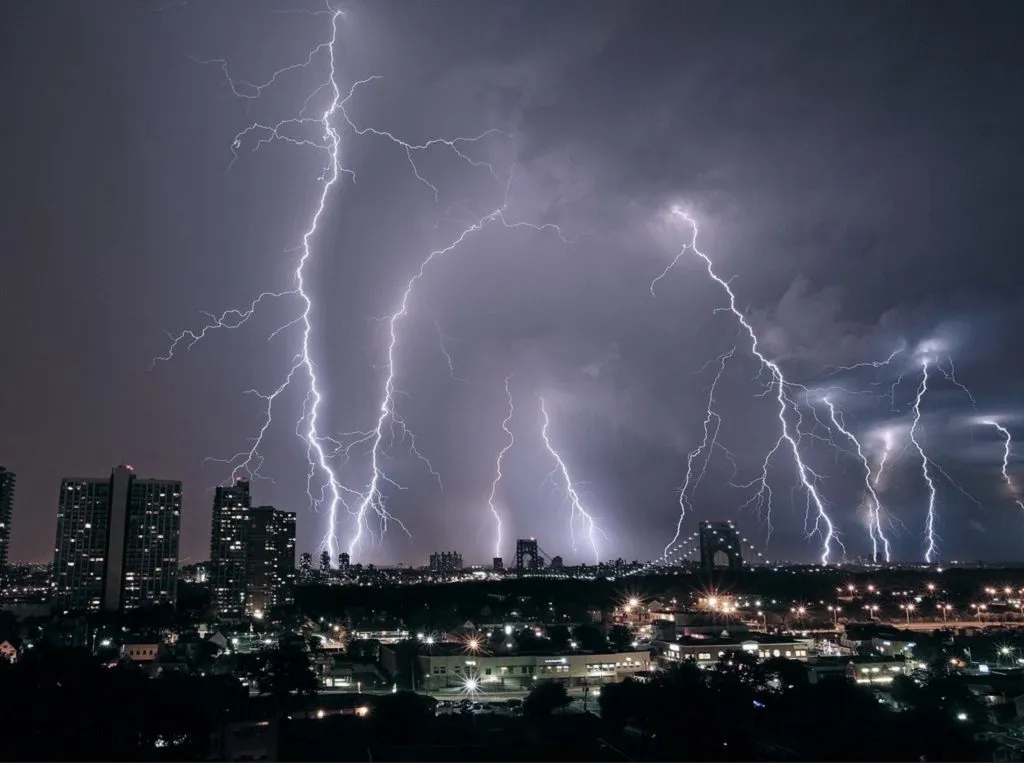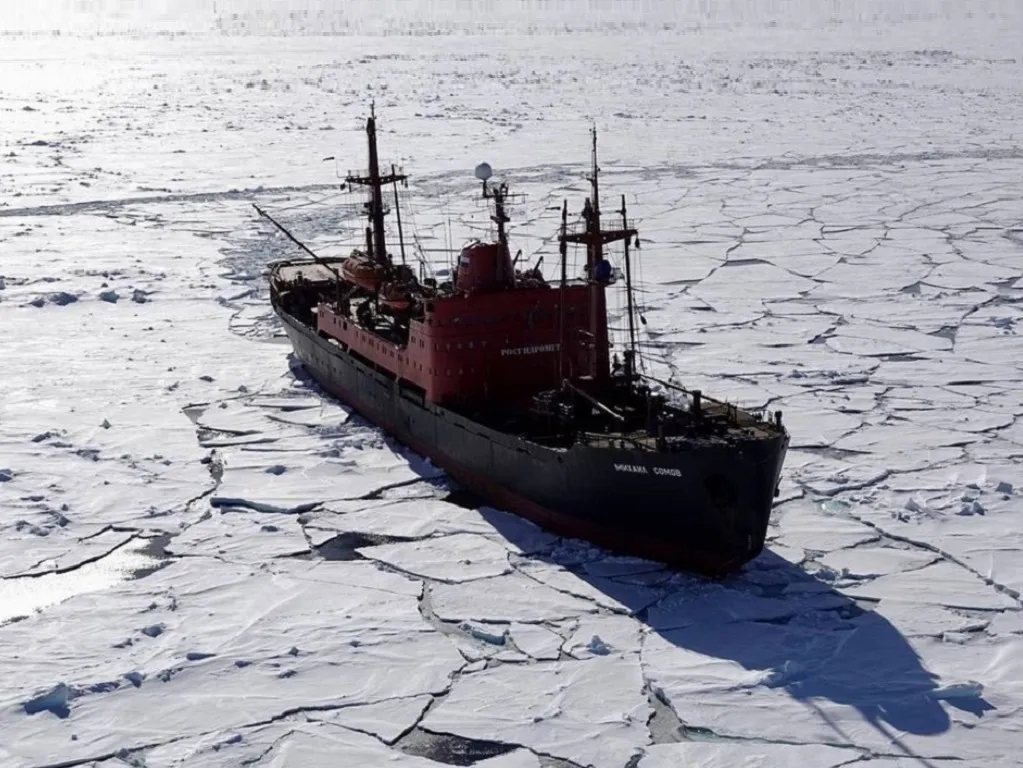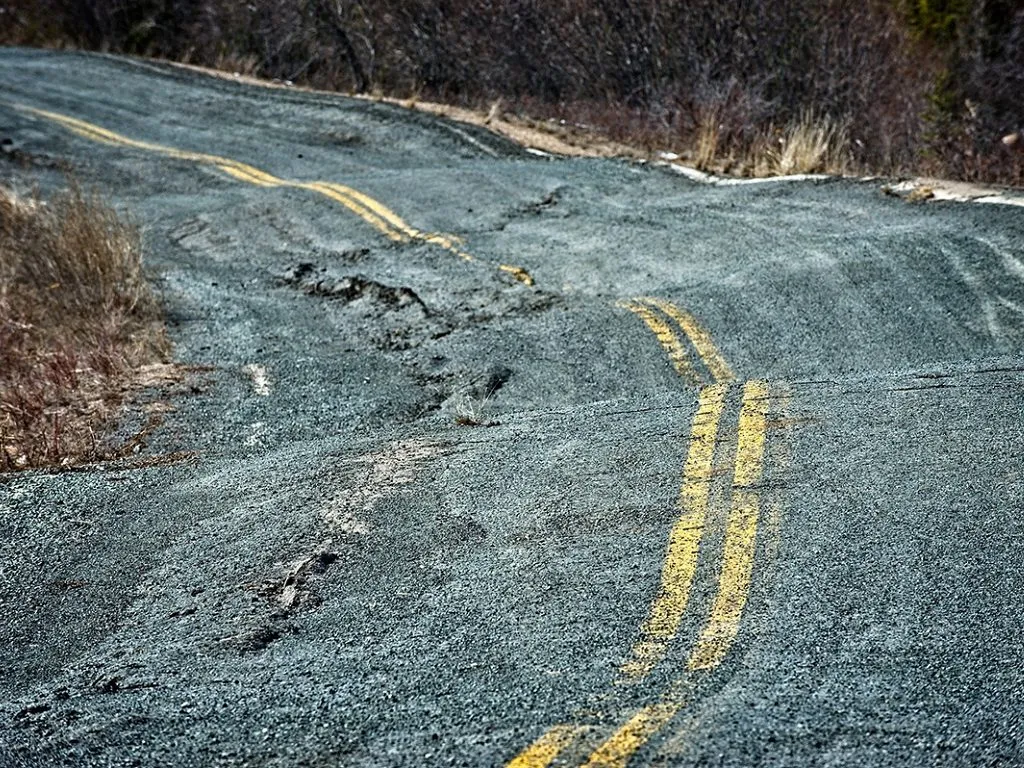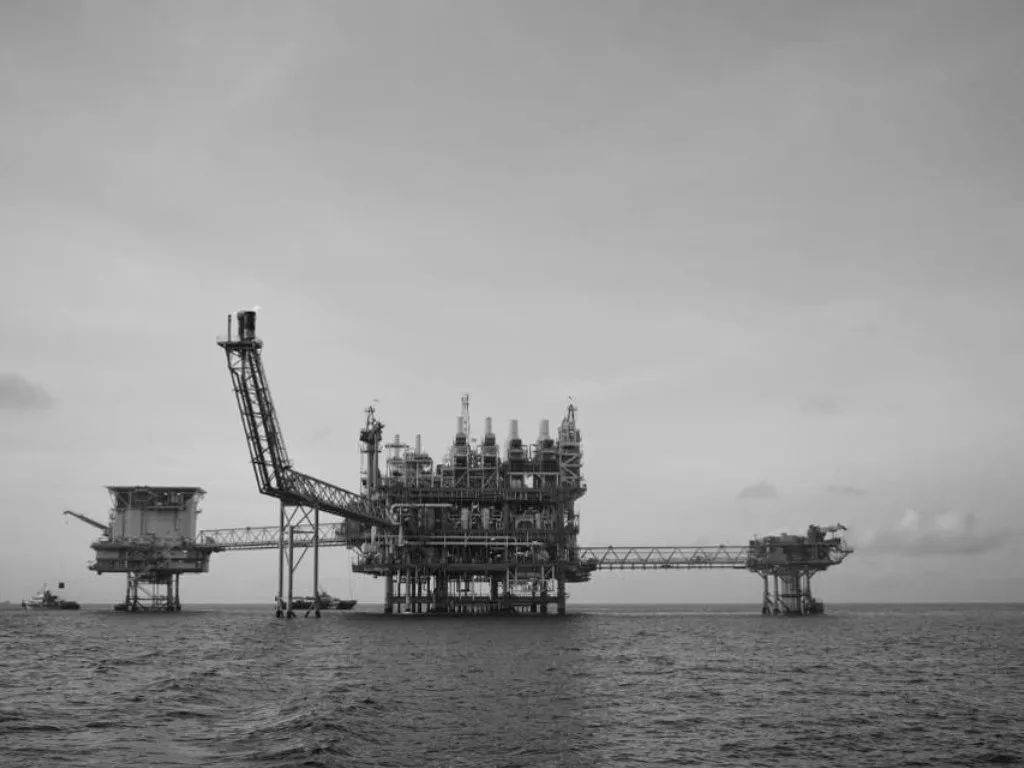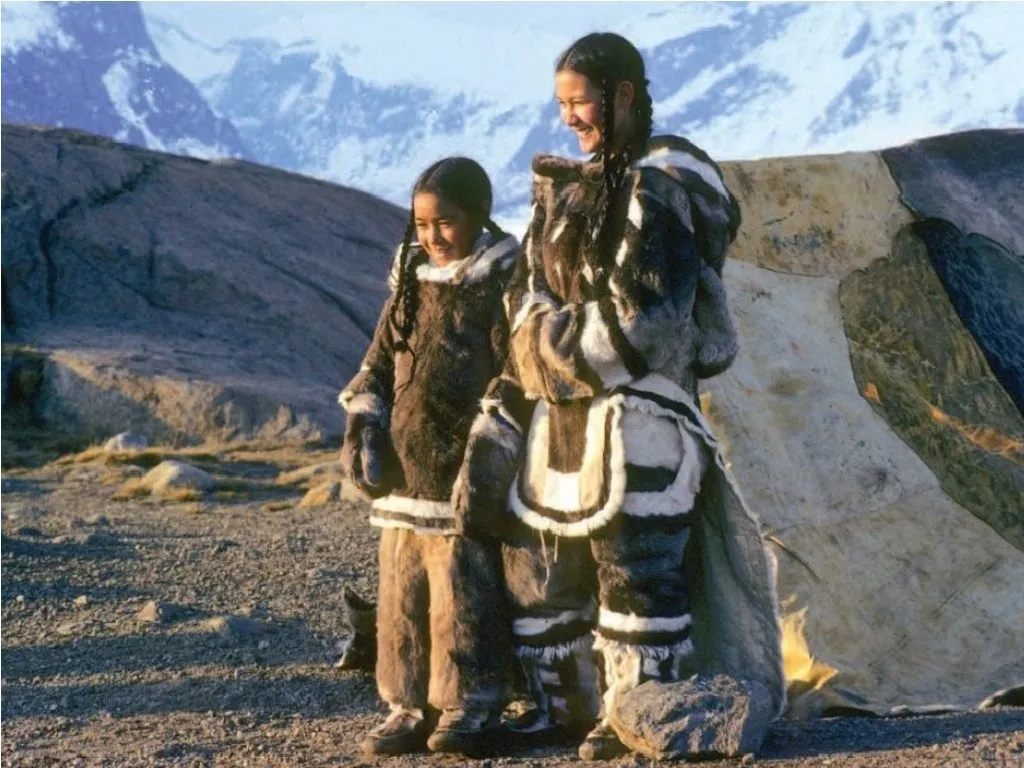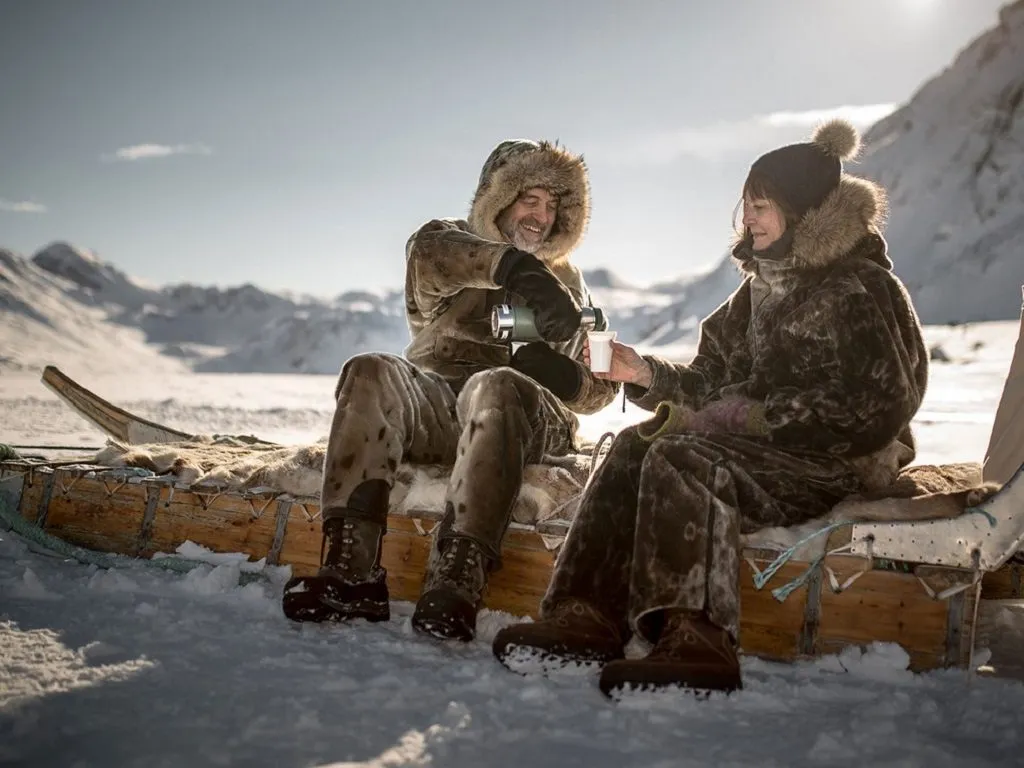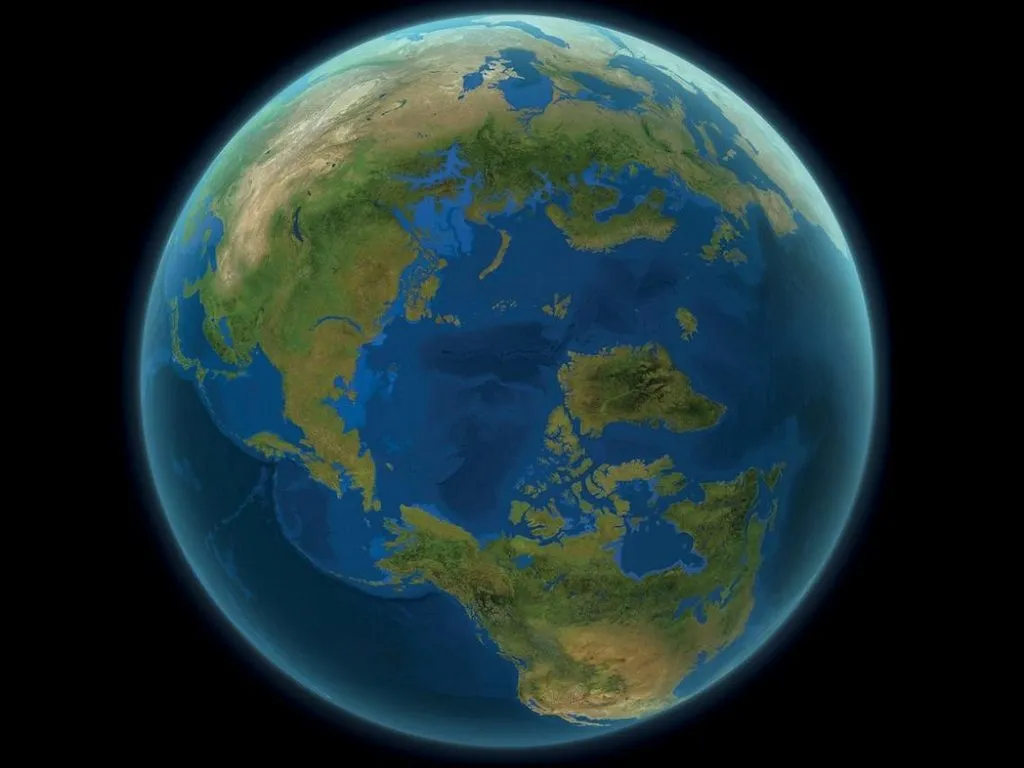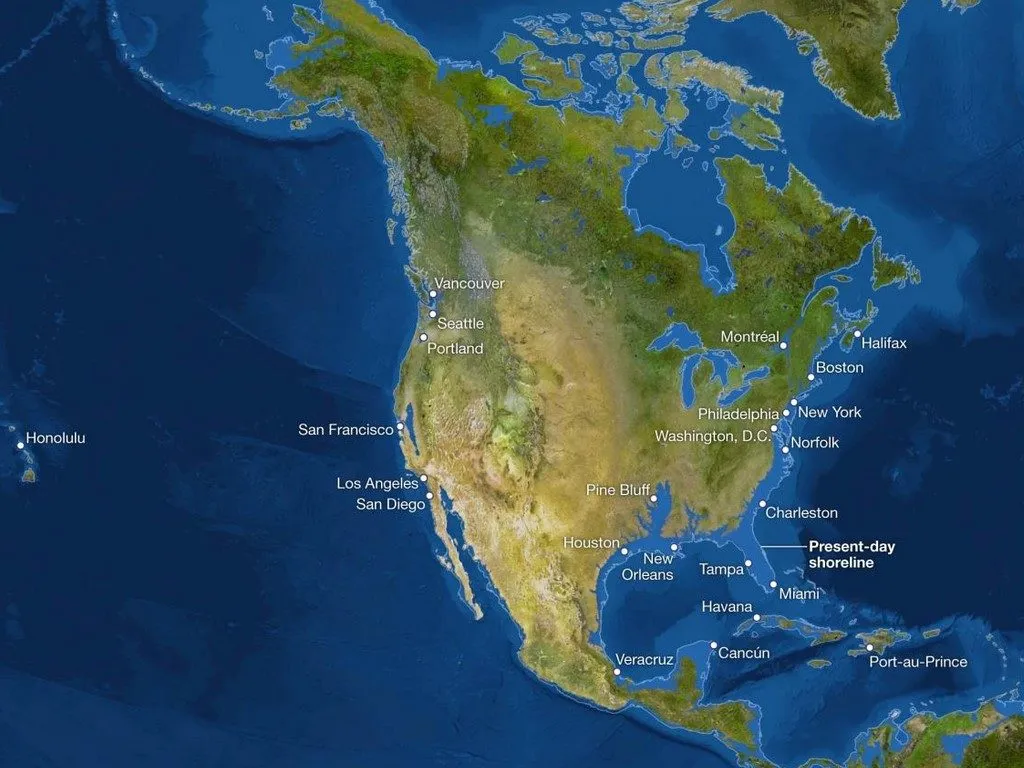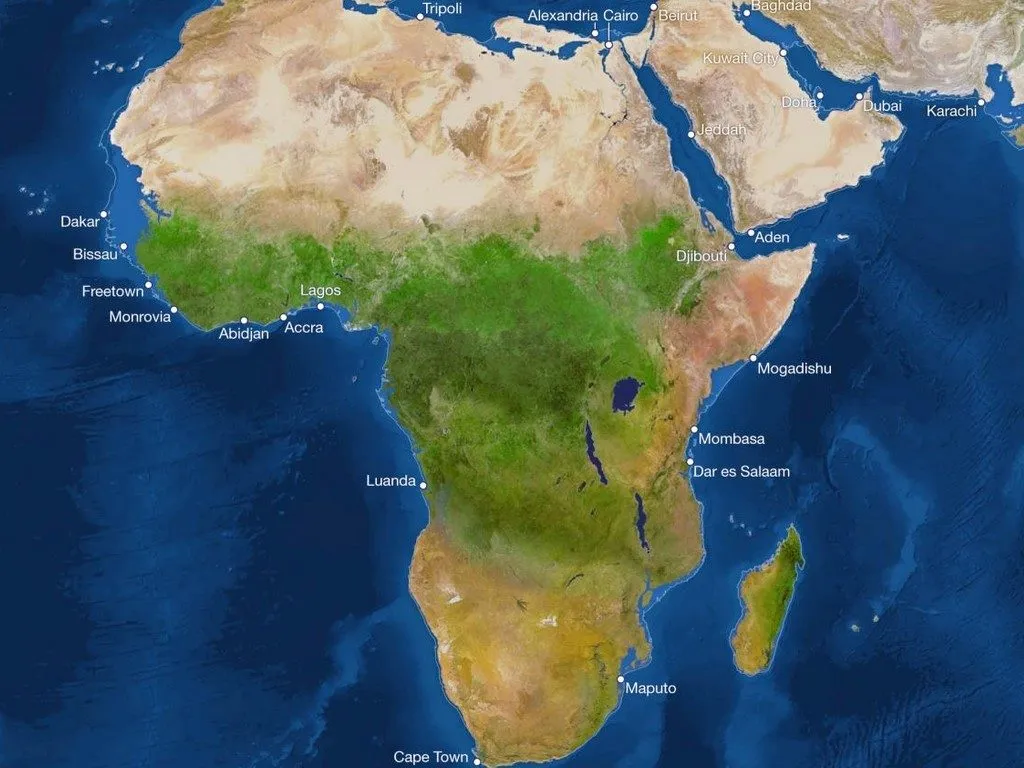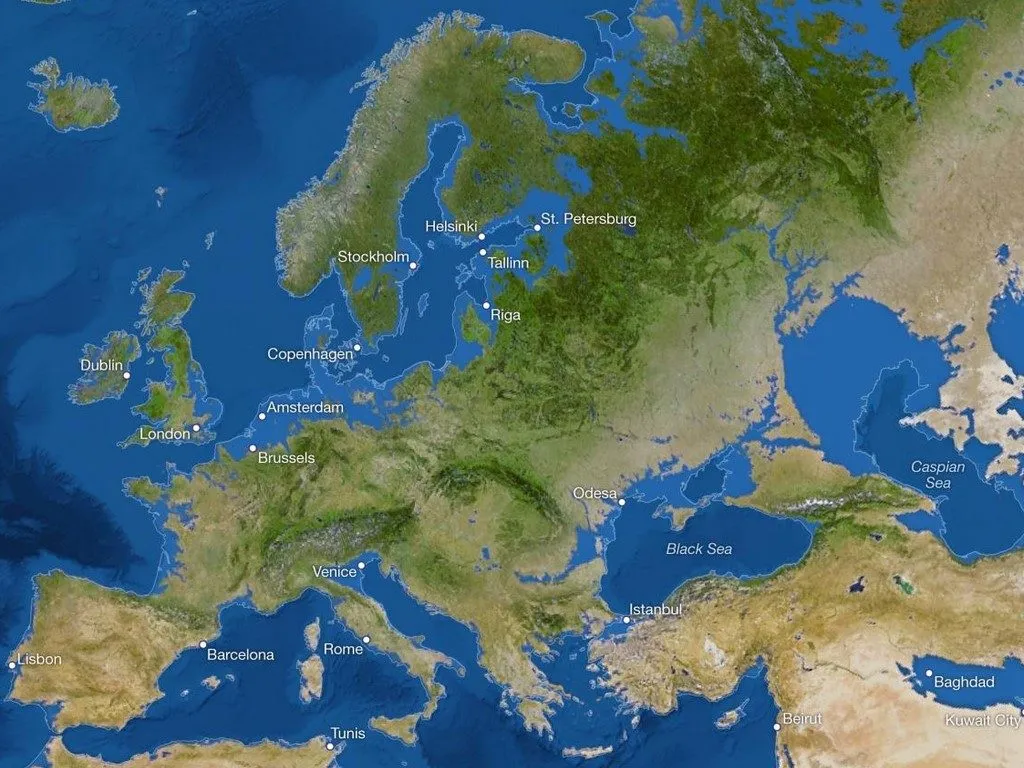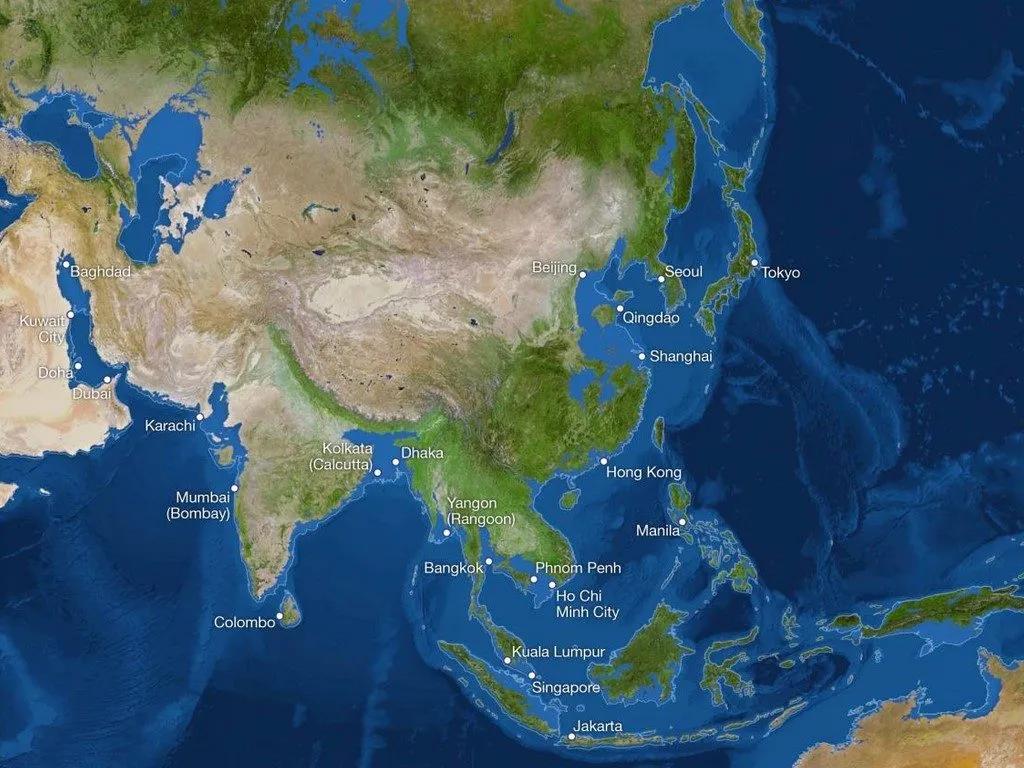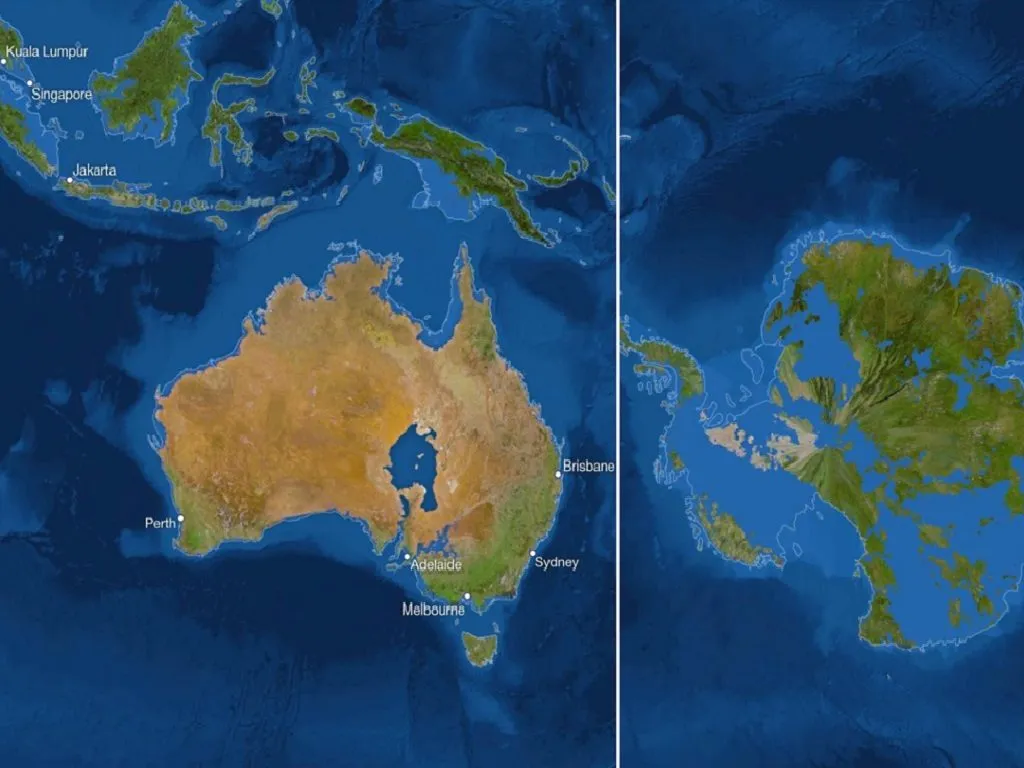WASHINGTON — As the Republican Party censures, condemns and seeks to purge leaders who aren’t in lockstep with Donald Trump, Adam Kinzinger, the six-term Illinois congressman, stands as enemy No. 1 — unwelcome not just in his party but also in his own family, some of whom recently disowned him.
Two days after Kinzinger called for removing Trump from office following the Jan. 6 riot at the Capitol, 11 members of his family sent him a handwritten two-page letter, saying he was in cahoots with “the devil’s army” for making a public break with the president.
“Oh my, what a disappointment you are to us and to God!” they wrote. “You have embarrassed the Kinzinger family name!”
The author of the letter was Karen Otto, Kinzinger’s cousin, who paid $7 to send it by certified mail to Kinzinger’s father — to make sure the congressman would see it, which he did. She also sent copies to Republicans across Illinois, including other members of the state’s congressional delegation.
“I wanted Adam to be shunned,” she said in an interview.
A 42-year-old Air National Guard pilot who represents a crescent-shaped district along the Chicago’s suburbs, Kinzinger is at the forefront of the effort to navigate post-Trump politics. He is betting his political career, professional relationships and kinship with a wing of his sprawling family that his party’s future lies in disavowing Trump and the conspiracy theories the former president stoked.
Kinzinger was one of just three House Republicans who voted both to impeach Trump and strip Rep. Marjorie Taylor Greene of Georgia from her committee posts. During the House impeachment debate, he asked Democrats if he could speak for seven minutes instead of his allotted one, so that he could make a more authoritative and bipartisan argument against the president; the request was denied.
He has taken his case to the national media, becoming a ubiquitous figure on cable television, late-night HBO programming and podcasts. He began a new political action committee with a six-minute video declaring the need to reformat the Republican Party into something resembling an idealized version of George W. Bush’s party — with an emphasis on lower taxes, hawkish defense and social conservatism — without the grievances and conspiracy theories that Trump and his allies have made central to the party’s identity.
To do so, Kinzinger said in an interview, requires exposing the fear-based tactics he hopes to eradicate from the party and present an optimistic alternative.
“We just fear,” he said. “Fear the Democrats. Fear the future. Fear everything. And it works for an election cycle or two. The problem is it does real damage to this democracy.”
Kinzinger said he was not deterred by the Senate’s failure Saturday to convict Trump in the impeachment trial.
“We have a lot of work to do to restore the Republican Party,” he said, “and to turn the tide on the personality politics.”
Kinzinger now faces the classic challenge for political mavericks aiming to prove their independence: His stubborn and uncompromising nature rankles the very Republicans he is trying to recruit to his mission of remaking the party.
His anti-Trump stance has angered Republican constituents in his district, some of whom liken him to a Democrat, and frustrated Republican officials in Illinois who say he cares more about his own national exposure than his relationship with them.
“There doesn’t seem to be a camera or a microphone he won’t run to,” said Larry Smith, chairman of the La Salle County GOP, which censured Kinzinger last month. “He used to talk to us back in the good old days.”
Kinzinger is unapologetic about his priorities.
“Central and northern Illinois deserve an explanation and deserve my full attention, and they’ll get it,” he said. “But to the extent I can, I will also focus on the national message because I can turn every heart in central and northern Illinois, and it wouldn’t make a dent on the whole party. And that’s what I think the huge battle is.”
Kinzinger has drawn praise from Democrats, but he is not anyone’s idea of a progressive. His campaign website trumpets his long-standing opposition to the Affordable Care Act, and he is an opponent of abortion rights and increased taxes. He first won his seat in Congress with Sarah Palin’s endorsement.
Raised in a large central Illinois family — his father, who has 32 first cousins, ran food banks and shelters for the homeless in Peoria and Bloomington — Kinzinger was interested in politics from an early age. Before he’d turned 10 he predicted he would one day be governor or president, Otto said, and he won election to the McLean County Board when he was a 20-year-old sophomore at Illinois State University.
He joined the Air Force after the Sept. 11 attacks and served in Iraq and Afghanistan. Upon his discharge he joined the Air National Guard, where he remains a lieutenant colonel. In the 2010 Republican wave Kinzinger, then 32, beat a Democratic incumbent by nearly 15 percentage points and, two years later, with support from Eric Cantor, then the House majority leader, ousted another incumbent, 10-term Republican Don Manzullo, in a primary following redistricting.
But Kinzinger soon became dispirited by a Republican Party he believed was centered around opposition to whatever President Barack Obama proposed without offering new ideas of its own.
“His frustration level has been rising ever since he got to Congress, and I think the Trump era has been difficult for him to make sense of and participate in,” said former Rep. Kevin Yoder of Kansas, who was one of Kinzinger’s closest friends in Congress before losing a 2018 reelection bid. When loyalty to Trump became a litmus test for Republican conservatism, Yoder said, “that became a bridge too far for him.”
While Kinzinger never presented himself as a Trump loyalist, he rarely broke with the former president on policy grounds, but he was critical of him dating back to the 2016 campaign, when he was a surrogate for Jeb Bush.
Trump was aware of Kinzinger’s lack of fealty. At a fundraiser in the Chicago suburbs before the 2016 election, Trump asked Richard Porter, a Republican National Committee member from Illinois, how Kinzinger would do in his reelection bid. He didn’t have an opponent, Porter recalled telling the future president.
Trump, Porter said, poked his finger in his chest and told him to deliver to Kinzinger a vulgar message about what he should do with himself. When Porter relayed the comment to Kinzinger during a conversation on Election Day, Kinzinger laughed and invited Trump to do the same.
In Illinois, Republicans have been struggling to guess what Kinzinger’s next move may be. In the interview, Kinzinger said he’s unlikely to pursue the 2022 nomination for governor or the Senate. Right now, he’s leaning toward running for reelection, but with redistricting looming this fall, it’s unclear how the state’s Democratic-controlled legislature will rearrange his district.
What is clear is that Kinzinger has found himself on the wrong side of rank-and-file Republicans at home. John McGlasson, the committee member for Kinzinger’s district, said the congressman had been “insulting with his comments” since Jan. 6.
Republican voters interviewed in the district last week lambasted Kinzinger for turning on Trump.
“If you want to vote as a Democrat, vote as a Democrat,” Richard Reinhardt, a 63-year-old retired mechanical engineer, said while eating lunch at a Thai restaurant in Rockford. “Otherwise, if you’re a Republican, then support our president. Trump was the first president who represented me. The stuff he did helped me.”
Kinzinger predicted “the hangover” of Trump’s post-impeachment popularity “will kind of wear off.’’
Former Gov. Bruce Rauner, the last Republican to win statewide office in Illinois, in 2014, said Kinzinger could find himself a casualty of the bitter schism dividing the party. “The only winners in the war between Trump and Republicans will be Democrats,” Rauner said. “For some voters, character matters. For most, it doesn’t.”
Kinzinger said he has little desire to reach out to the loudest critics in his district’s Republican organizations, whom he hasn’t spoken to in years and said hold little sway over voters. The letter-writers in his family, he said, suffer from “brainwashing” from conservative churches that have led them astray.
“I hold nothing against them,” he said, “but I have zero desire or feel the need to reach out and repair that. That is 100% on them to reach out and repair, and quite honestly, I don’t care if they do or not.”
As to his own future in the party, Kinzinger said he will know by the end of the summer whether he can remain a Republican for the long term or whether he will be motivated to change his party affiliation if it becomes clear to him that Trump’s allies have become a permanent majority.
“The party’s sick right now,” he said. “It’s one thing if the party was accepting of different views, but it’s become this massive litmus test on everything. So it’s a possibility down the road, but it’s certainly not my intention, and I’m going to fight like hell to save it first.”



